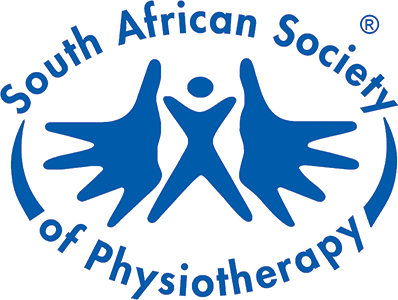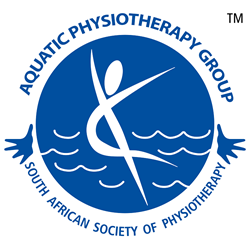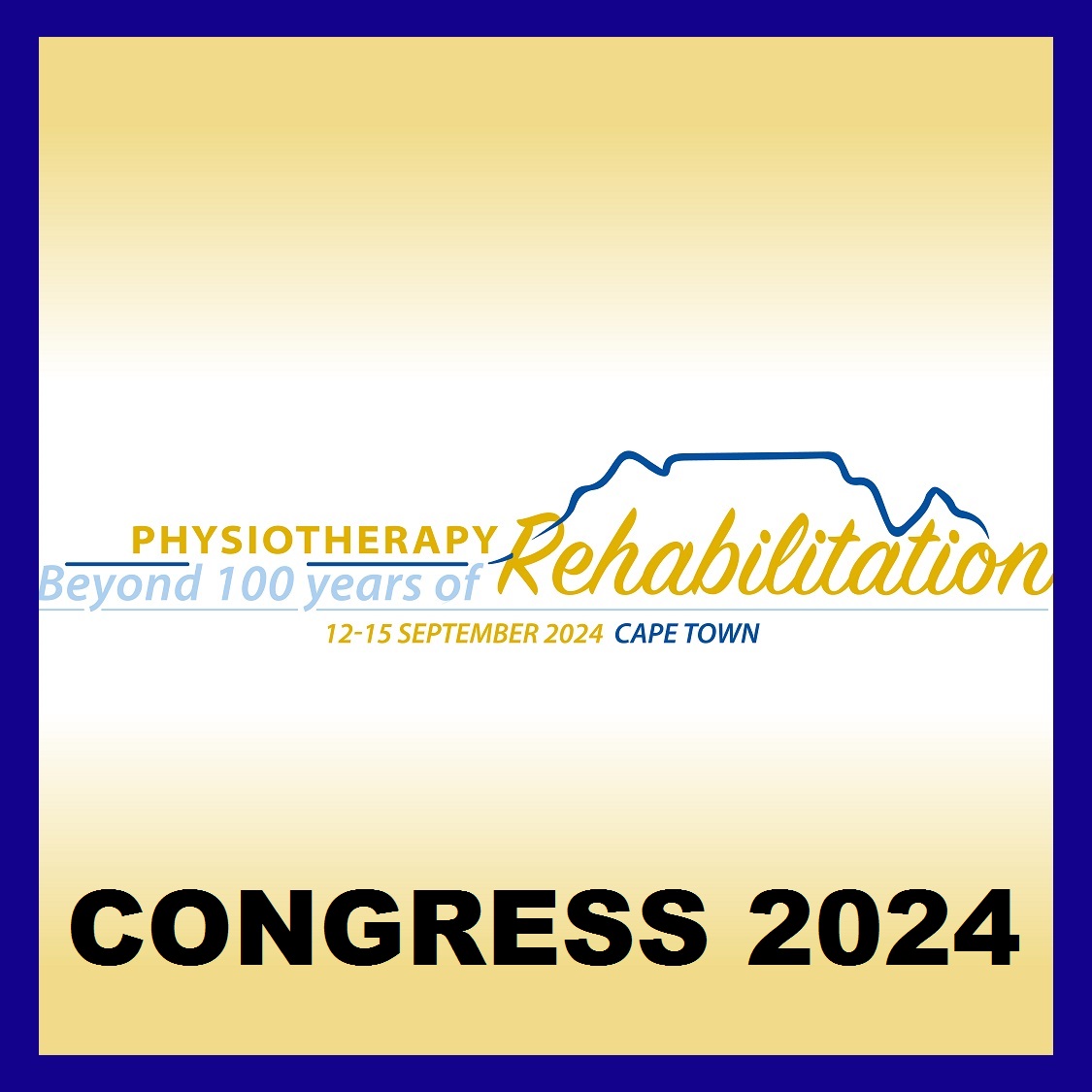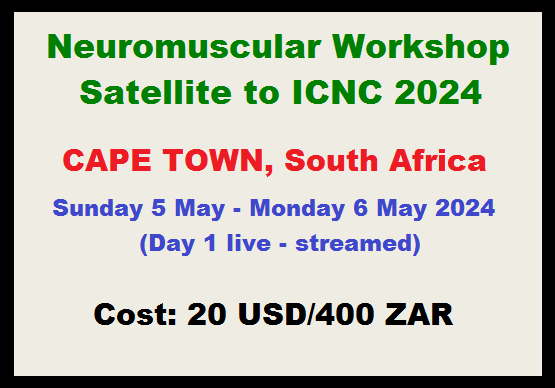WHAT IS THE AQUATIC PHYSIOTHERAPY GROUP:
The AQUATIC PHYSIOTHERAPY GROUP (AQPG) of the South African Society of Physiotherapy is an SASP Special Interest Group established in 2009 to promote the special practice of physiotherapy, with therapeutic intent toward rehabilitation or attainment of specific physical & functional goals using water as a medium to treat.
Aquatic Physiotherapy is a form of physiotherapy conducted in a heated pool, where the properties and benefits of water are utilized with the knowledge and skill of the physiotherapist to improve the outcome of the rehabilitation process.
Historically people have always enjoyed and derived benefit from immersing in warm water. After the World Wars, the potential for using water for rehabilitation was recognised and developed.
Aquatic physiotherapy involves individual assessment, diagnosis and the use of clinical reasoning skills to formulate a treatment programme appropriate for the client. Reassessment is undertaken with outcome measures recorded in keeping with evidence based practice.
The AQPG is involved in promoting, establishing and developing a high standard of Aquatic Physiotherapy in South Africa, while raising the profile of Aquatic Physiotherapy rehabilitation within the physiotherapy, medical & other allied health professions; and extending to the general public. The AQPG are also striving to improve inclusion and accessibility to pool facilities for the physically challenged people throughout the country.
WHO IS THE AQPG?
H20 = 2 parts heart + 1 part obsession
The AQPG is a group of physiotherapists with a passion for both the water and the treatment, management and rehabilitation of clients. They are continually striving to find more ways to assist the clients in their care. They are involved in the promotion of the study and practice of aquatic physiotherapy within the profession and to specifically locate and promote the practice of aquatic physiotherapy within a wider therapeutic framework. They are also working towards facilitating access to the use of the modality within the profession. The AQPG is involved in the training and continuing education of aquatic physiotherapists, research in the science of aquatic physiotherapy and in any related science of practice, research in technology as it relates to aquatic physiotherapy and the practical application of such technology within physiotherapy;
The mission of the AQPG is:
- To improve public accessibility to Aquatic Physiotherapy services;
- To raise the profile of Aquatic Physiotherapy rehabilitation within our own profession by establishing relationships and an exchange of knowledge with other SIG’s;
- To explore ways in which to raise awareness of the value of Aquatic Physiotherapy to others within the medical profession, allied health sectors and to the general public;
- To establish, contact and maintain relationships with other International Aquatic Physiotherapy groups in order to have access and develop our own best possible standards of practice;
- To try and source products and services of value to Aquatic Physiotherapists;
- To approach companies and Municipalities to assist with improving the quality of facilities and accessibility for inclusion of physically challenged persons around the country;
- To advocate and influence the policy regarding accessibility for physically challenged persons to private and public swimming pools and beaches, either for ongoing rehabilitation or recreation;
- Social Responsibility projects from classes to pool design & management;
- Student lectures.
WHAT ARE THE ADVANTAGES OF AQPG MEMBERSHIP?
- Any physiotherapist is eligible for membership of the AQPG SIG, provided they are a member of the SASP.
- Members can apply for a ‘Level of Membership’:
- APD Level 1: Physiotherapists (PT)
- APD Level 2: Physiotherapist (AQPT)
- APD Level 3: Physiotherapists (MSc, DPhil)
- We offer 15 different courses on Aquatic Physiotherapy ranging from Foundation to Patient Population & Technique Specific Courses; and an AQPT Course (APDL2).
- The AQPG send out Quarterly Newsletters and additional News Flashes throughout the year.
- Membership includes access to research articles the SIG has and continues to collect from various overseas sources including our links to the APA, IHTN and through APTI.
- A Comprehensive Database is available to members and the public to assist in finding find aquatic therapists, aquatic lecturers & aquatic mentors nearby including their field of interest and qualifications.
- The AQPG have links to the Australian Physiotherapy Association’s Aquatic Group (APA), the International Halliwick Therapy Network (IHTN) & International Halliwick Association (IHA); and are in communication with Aquatic Physiotherapy International (APTI) and the WCPT for information and networking.
SOME OF THE EVIDENCE-BASED THERAPEUTIC PROPERTIES OF EXERCISING IN WARM WATER:
- A decrease in pain
- Improved range of motion.
- A decrease in muscle spasm, relaxation of muscles and increased flexibility.
- An increase in muscle strength and endurance.
- An improvement in circulation and reduction in swelling.
- Improved stability, balance and co-ordination
- Improvement in general fitness
- A general feeling of well being
PATIENT POPULATIONS WHO CAN BENEFIT FROM AQUATIC PHYSIOTHERAPY:
- Acute and Chronic Spinal Conditions
- Post-orthopaedic Surgery
- Any condition requiring decreased Weight Bearing
- Gait Rehabilitation.
- Sports Injuries
- Various types of Rheumatological & Arthritic Conditions (including OA, RA, AS, osteoporosis)Post Surgery (eg: Mastectomy)
- Neurological Conditions
- Post Traumatic Stress Disorder
- Fibromyalgia
- Patients with Chronic Pain
- Ante and Post Natal
- Cardiac Rehabilitation
- Respiratory Conditions (eg: COPD, asthma)
- Paediatrics
- Gerontology
- The treatment of Overweight and Obese Individuals who find it difficult to do land-based exercises.
Did you know that?
- Your heart rate is lower when exercising in water than on land
- That you are only approx 30% of your weight at chest depth
- Your spine stretches at least 2.5cm when you exercise in water








